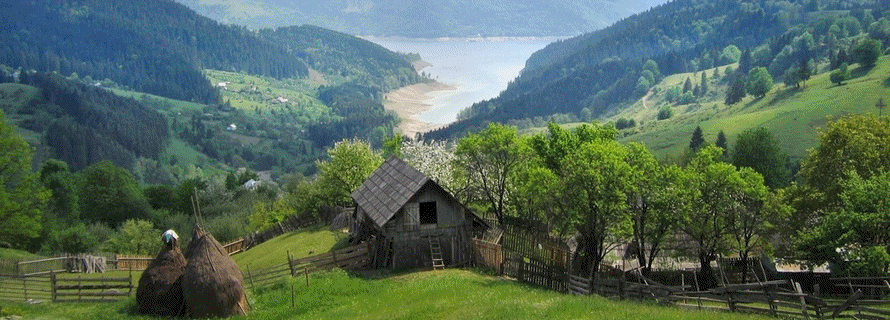Mogosoaia palace – built in year 1702 by Constantin Brâncoveanu, prince of Vallachia.
the palace is located 15 km from Bucharest.
who was Constantin Brancoveanu
Constantin Brancoveanu (1688-1714) was the last Vallachian prince before Phanariot rule was imposed by the Ottoman Empire. During his reign he brought stability, economic prosperity and a cultural boom through the development of schools and printed literature. Brancoveanu and his family were sanctified Romanian Orthodox Church after having been brutally murdered by the Turks.
Brancoveanu managed to avoid armed conflicts, as he used “a bribing policy” that ensured his country’s autonomy and his own maintenance to the throne. Hugely wealthy, he built schools and erected numerous churches and monasteries in Vallachia and in Transylvania; in order to develop and sustain education, some of the Brancovian churches were also used as learning centers for students. The architectural Renaissance “Brâncovenesc style” was born, which is part of today Romanian architecture styles.
In august 1714, he was imprisoned by the Turks in the prison of Seven Towers (Edikulé), together with his sons and his counselor. They were subjected to ungoing torture in order to confess where Brancoveanu’s wealth was. Brancoveanu saw how his four sons and his counselor beheaded in front of him, before being killed himself.
Two years after Brancoveanu was killed, Stefan Cantacuzino the voivode’s successor, and his father Constantin Cantacuzino were also murdered by the Turks.
The next century was followed by the phanariot period (1716-1821) where the ottomans appointed compliant Greek phanariots rulers instead of romanian princes.
The phanariots exploited the romanian principalities until 1821, when the people lead by Tudor Vladimirescu, revolted against ottoman and phanariot rule.

























